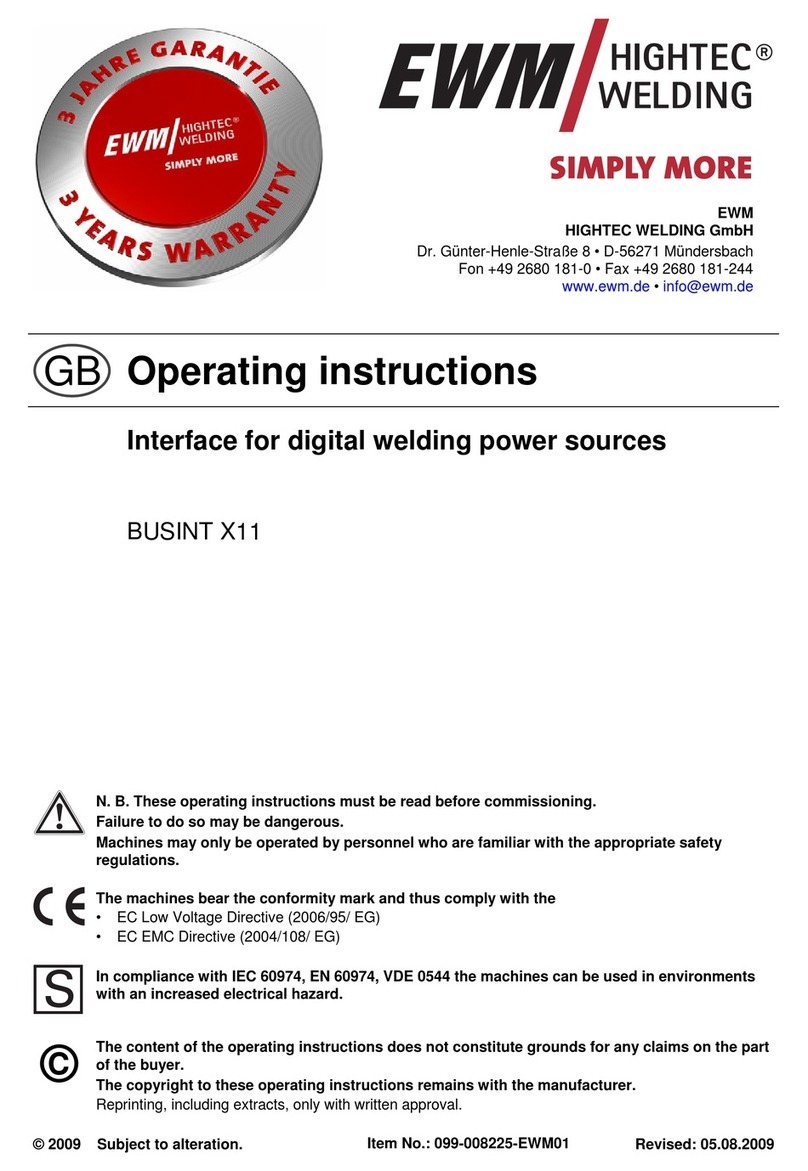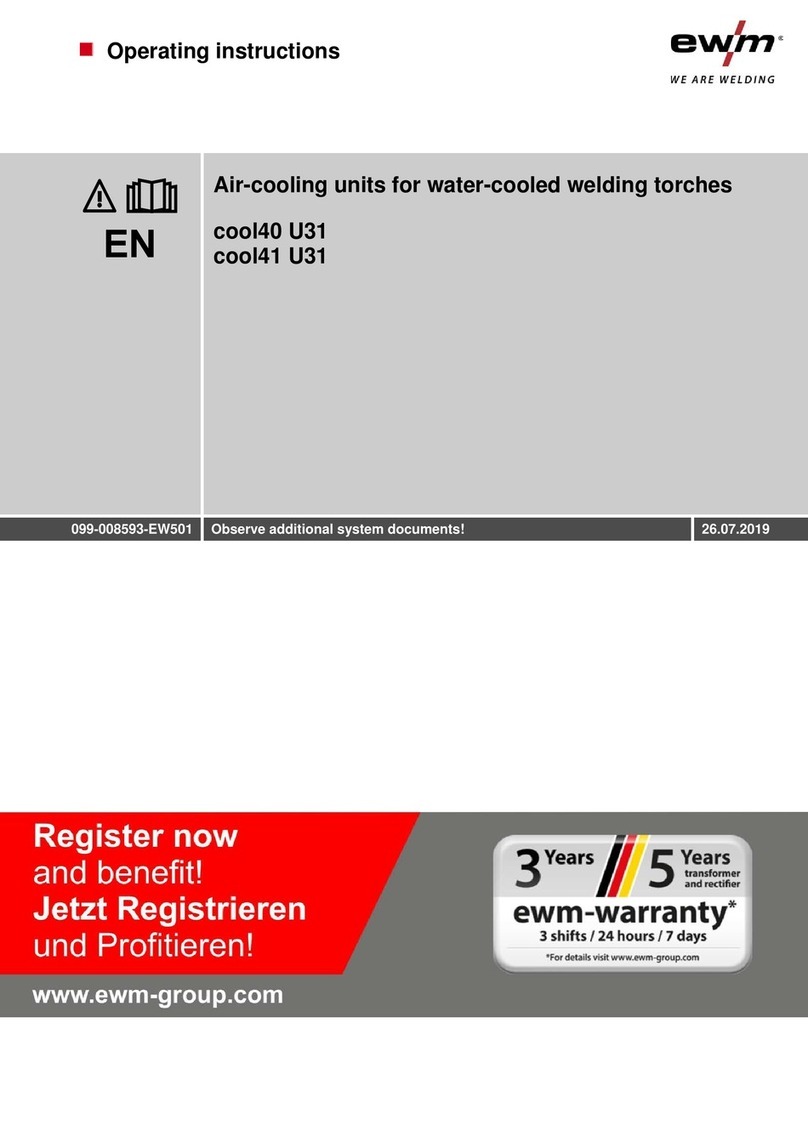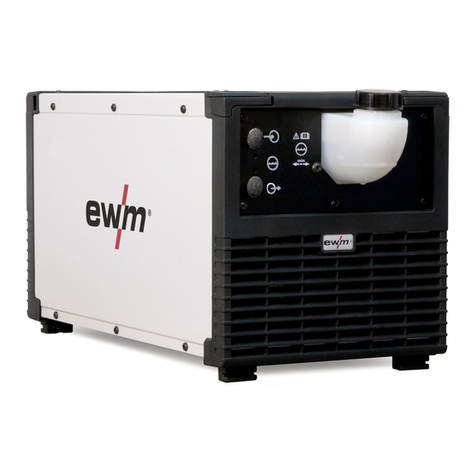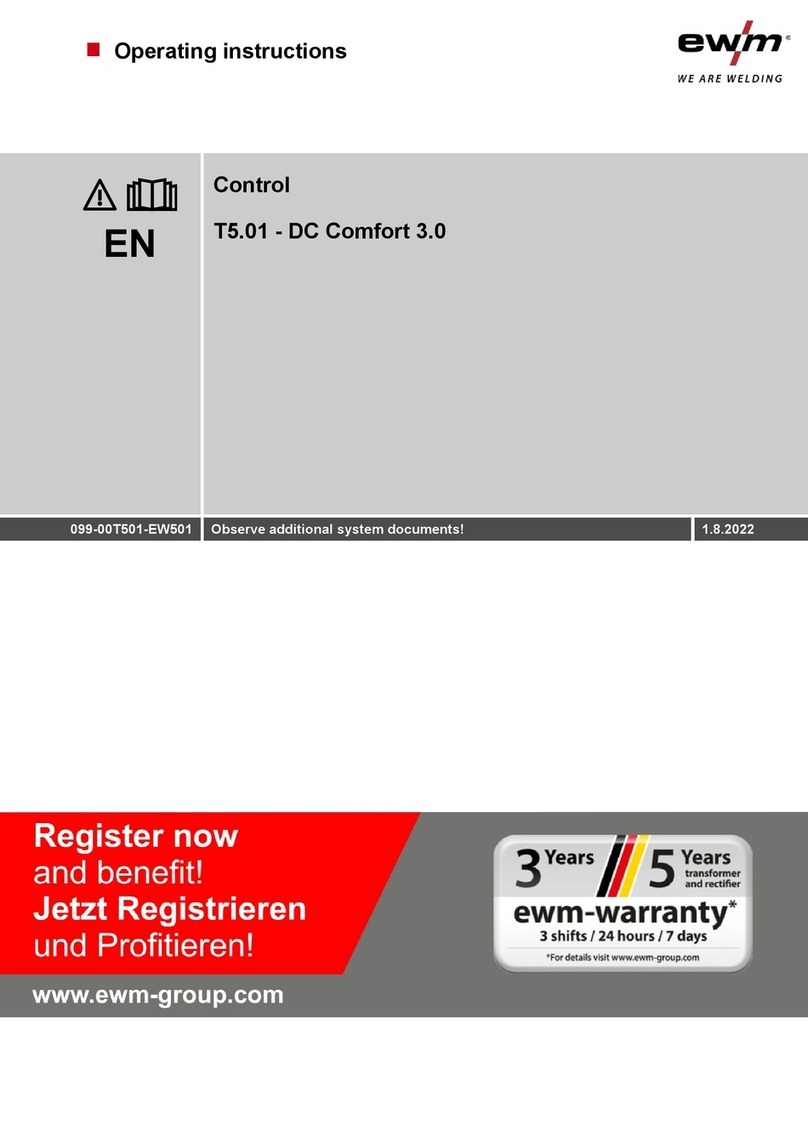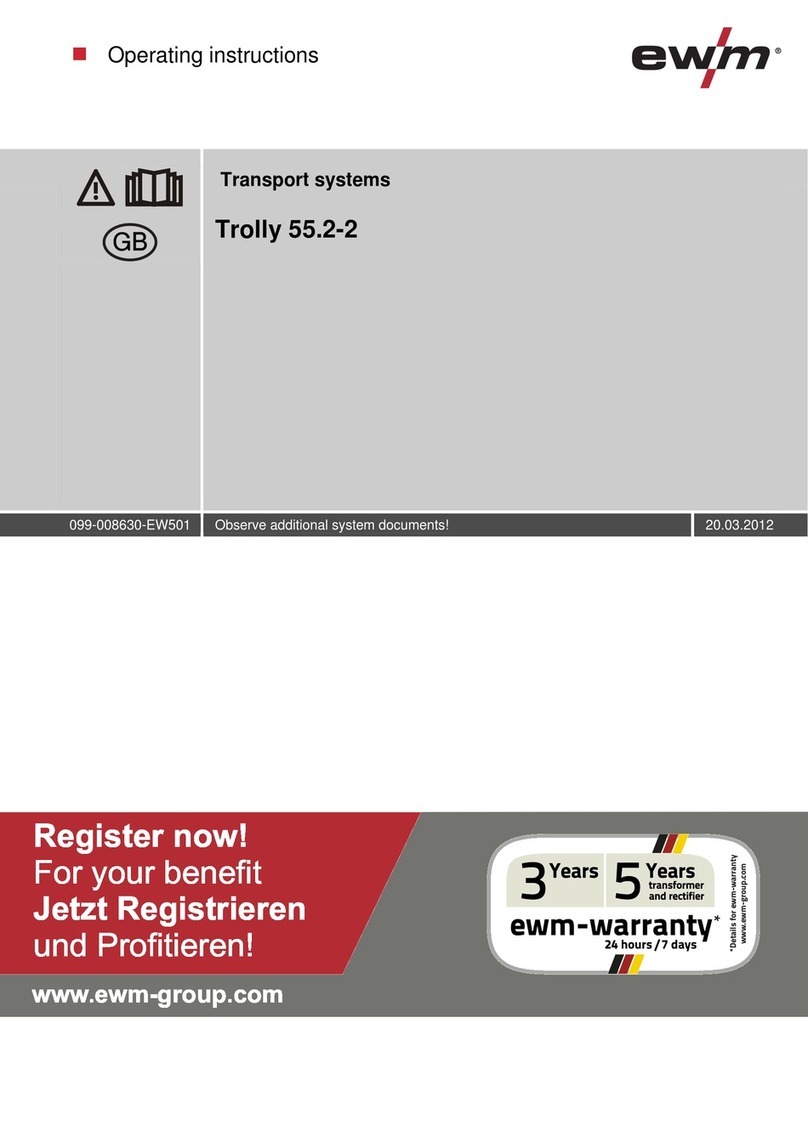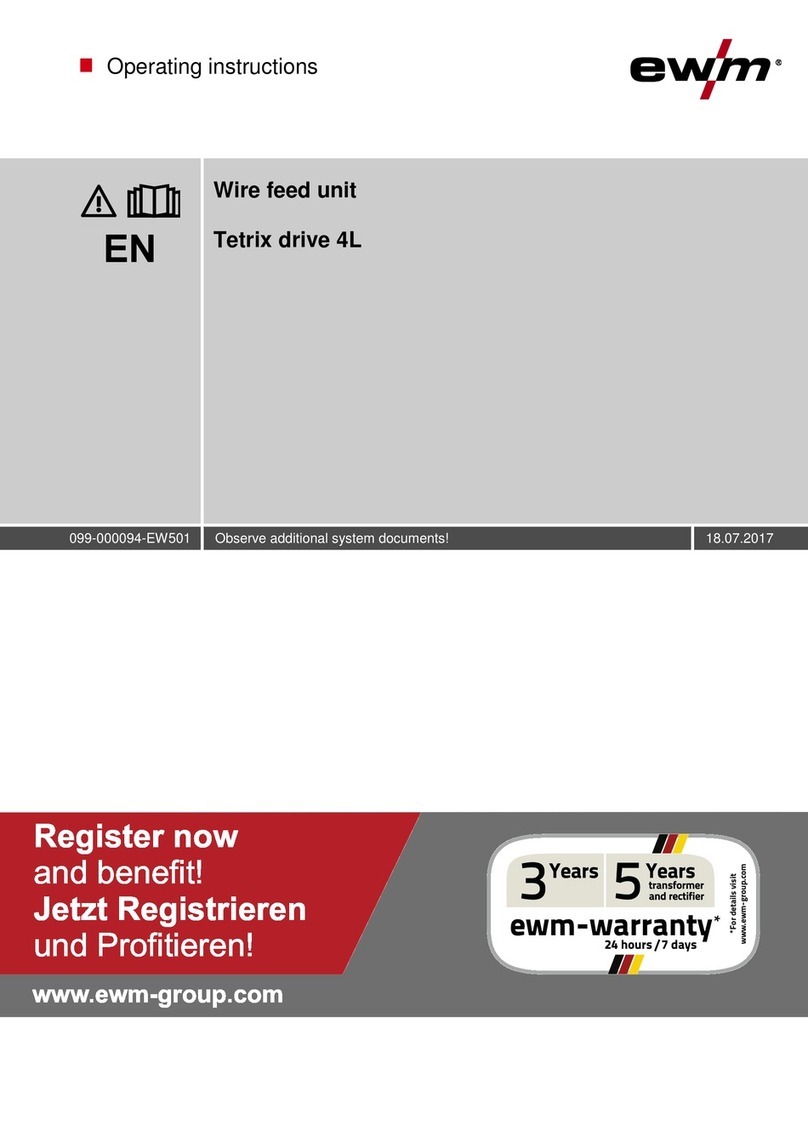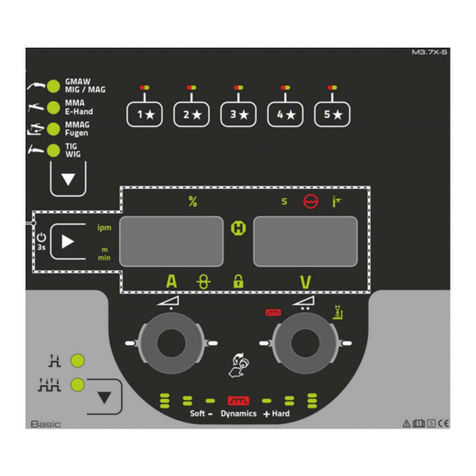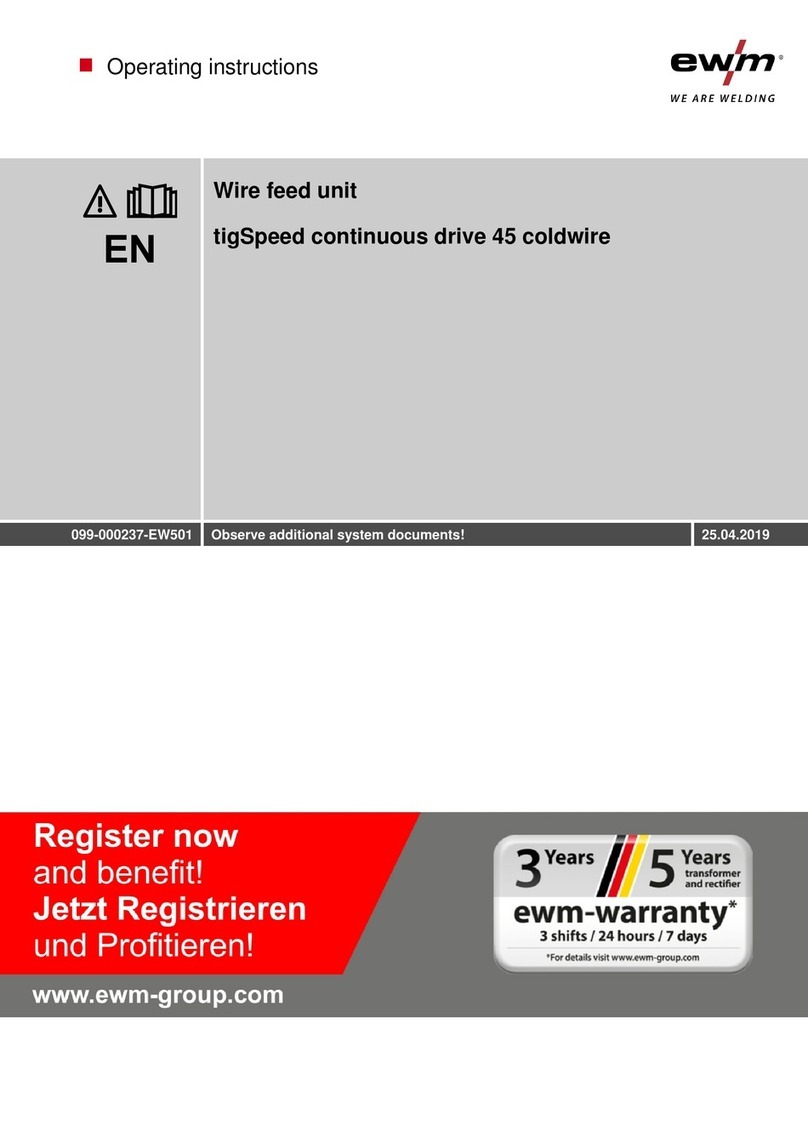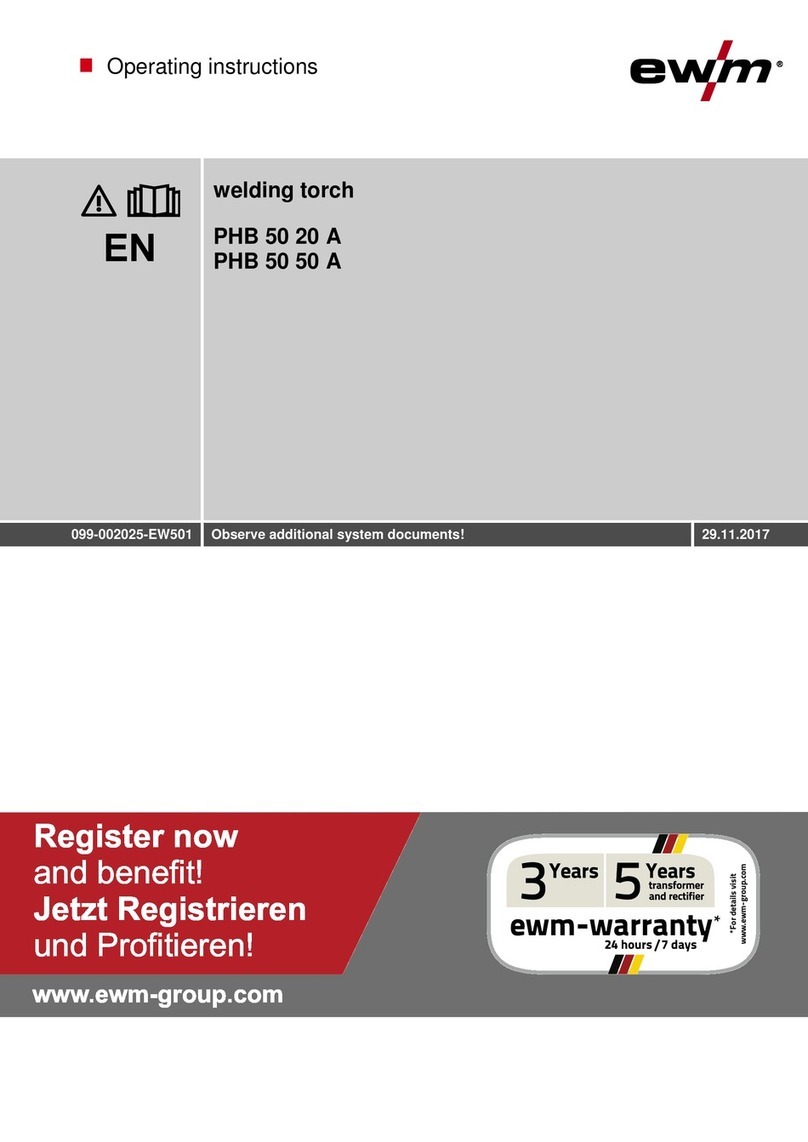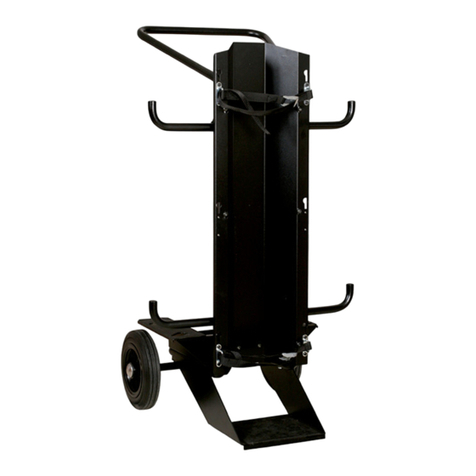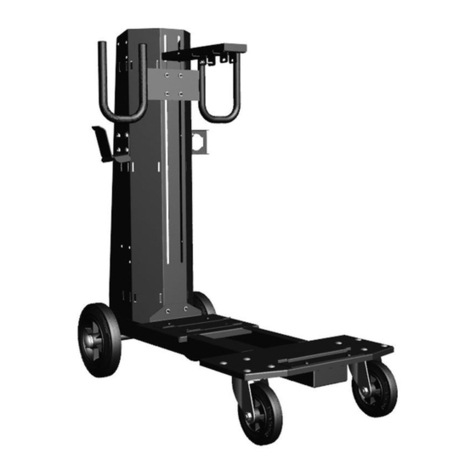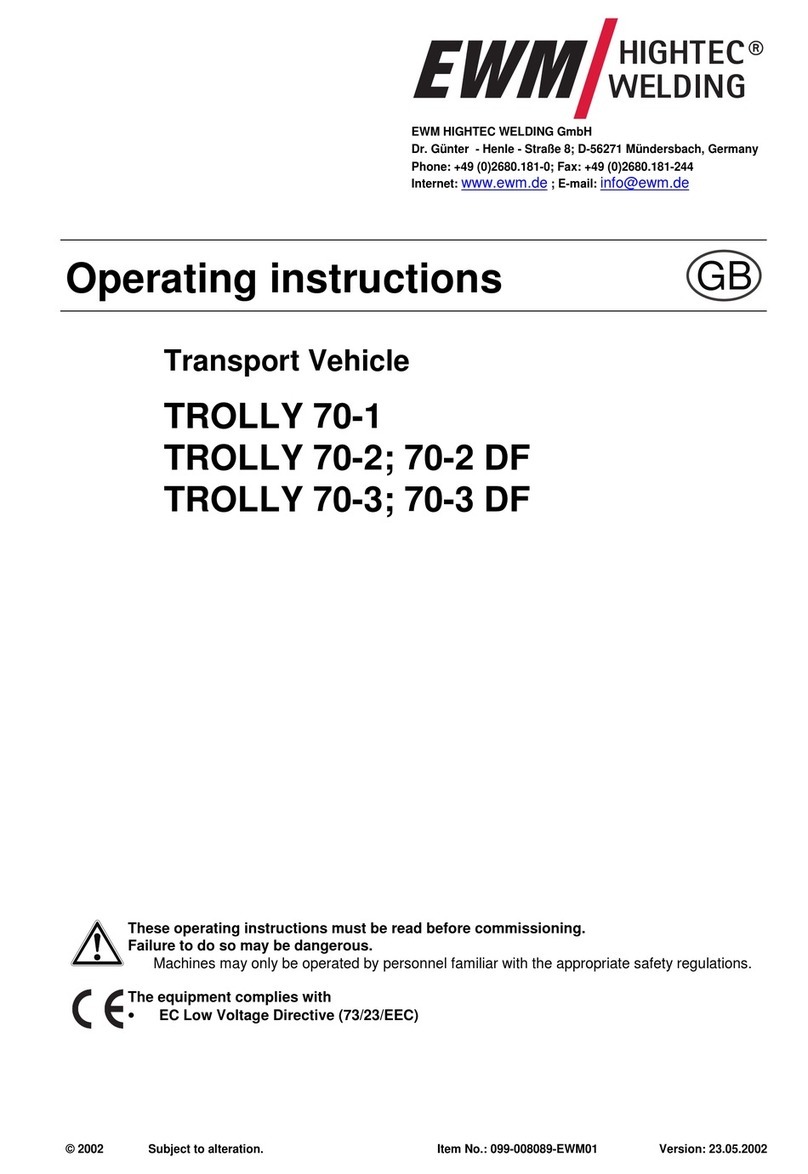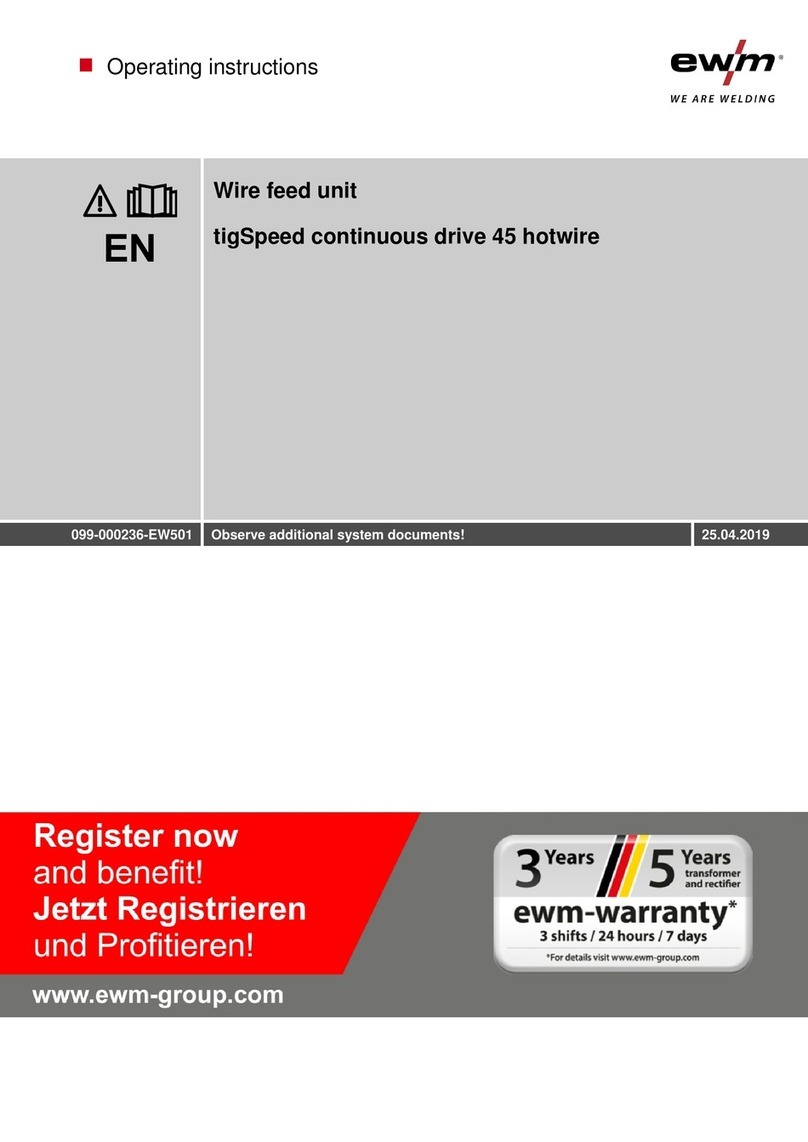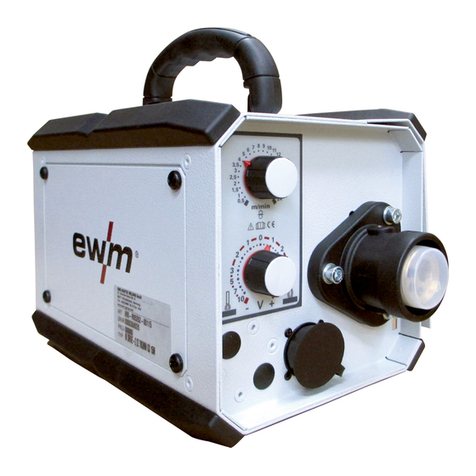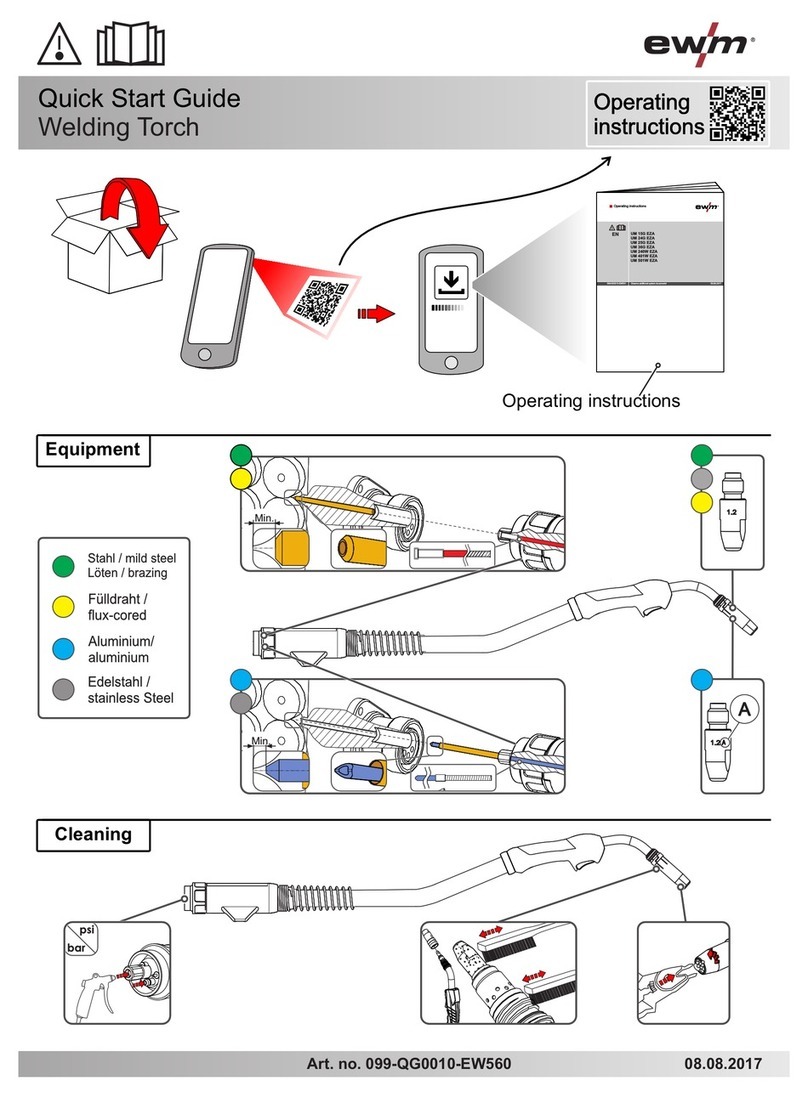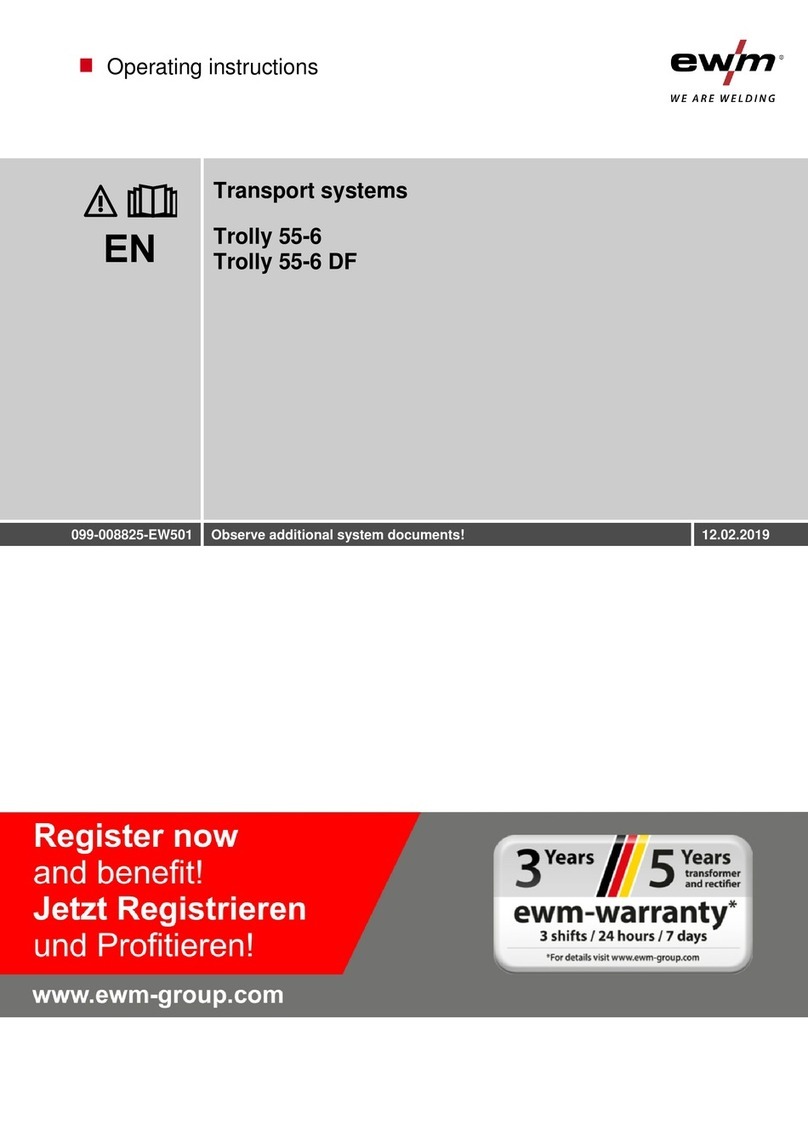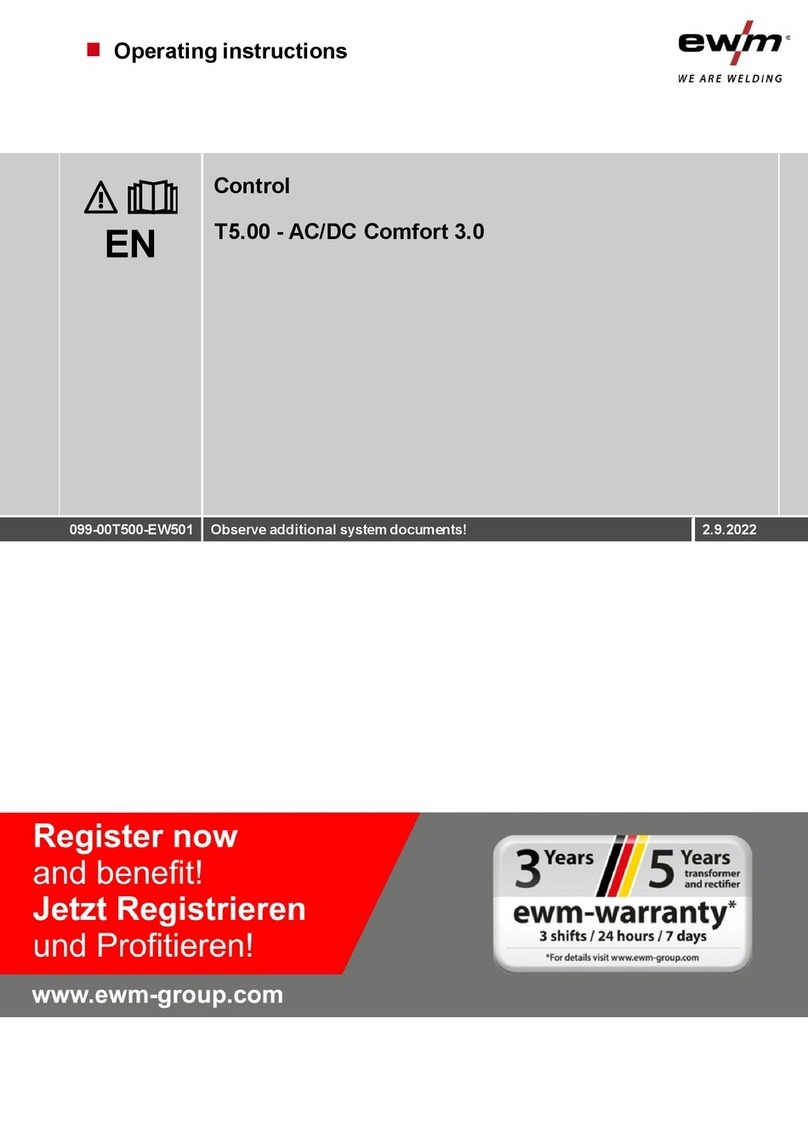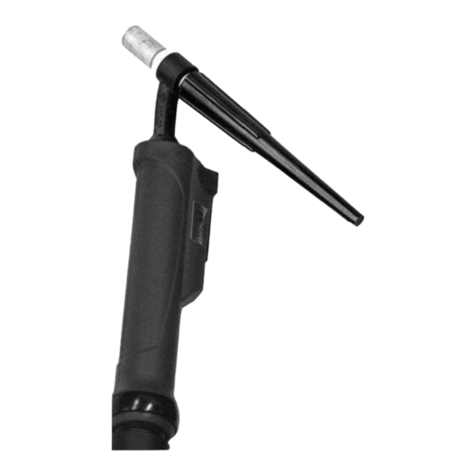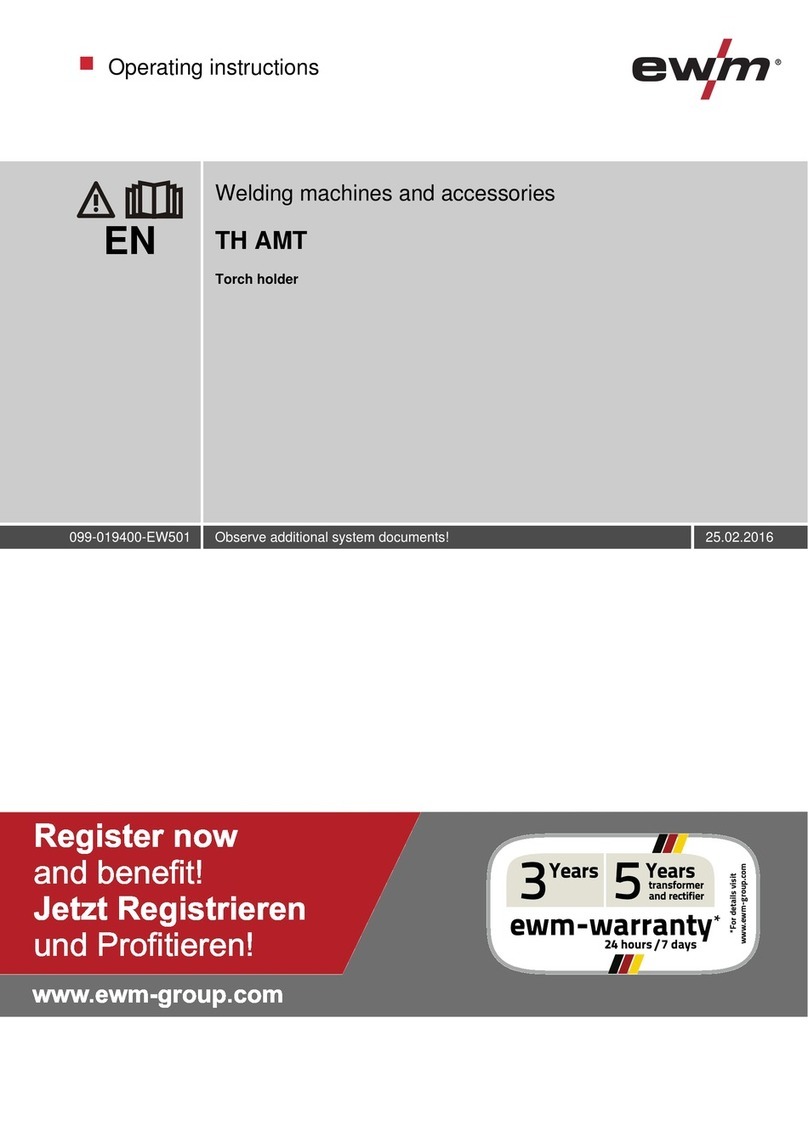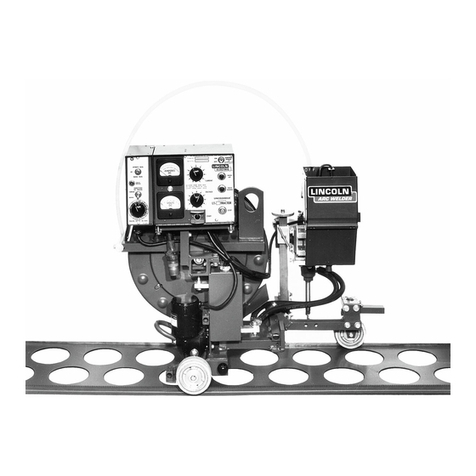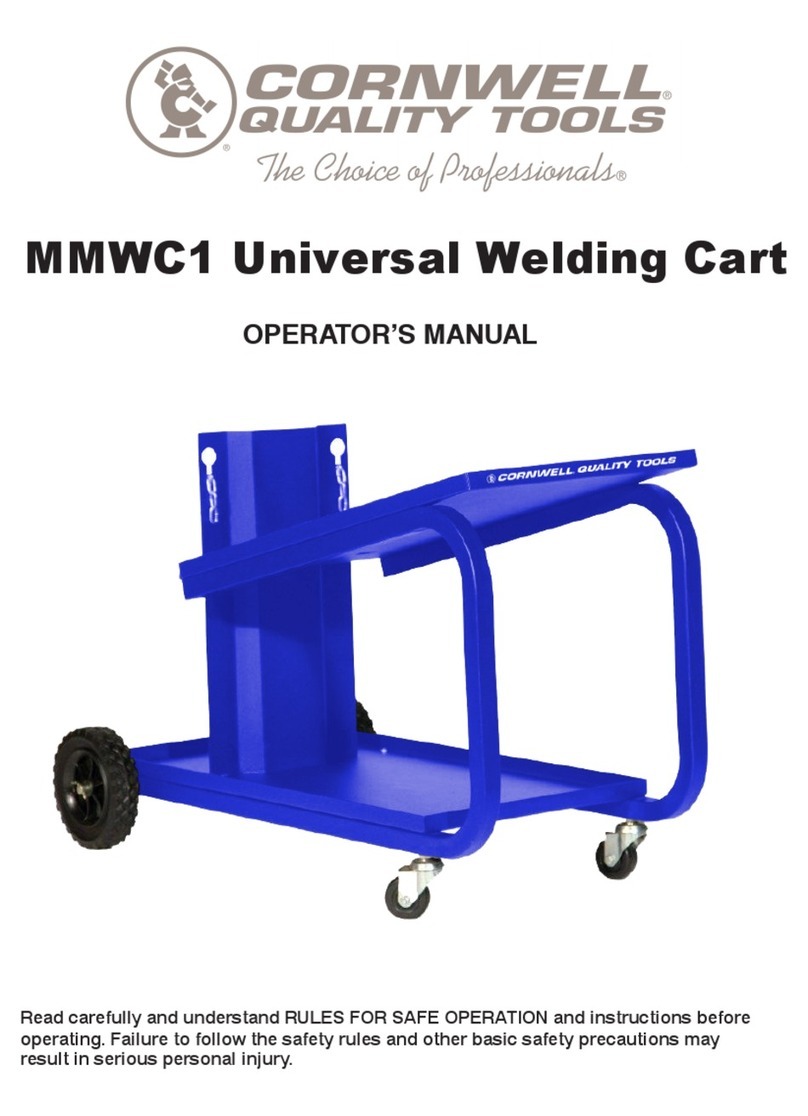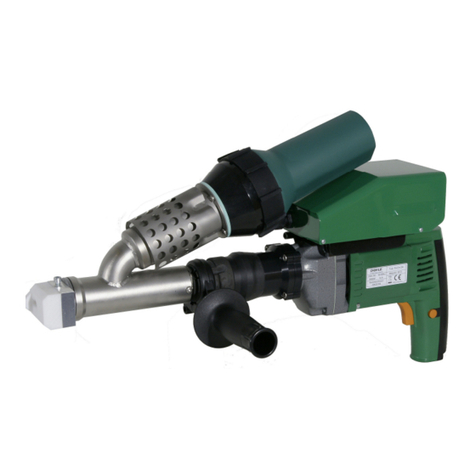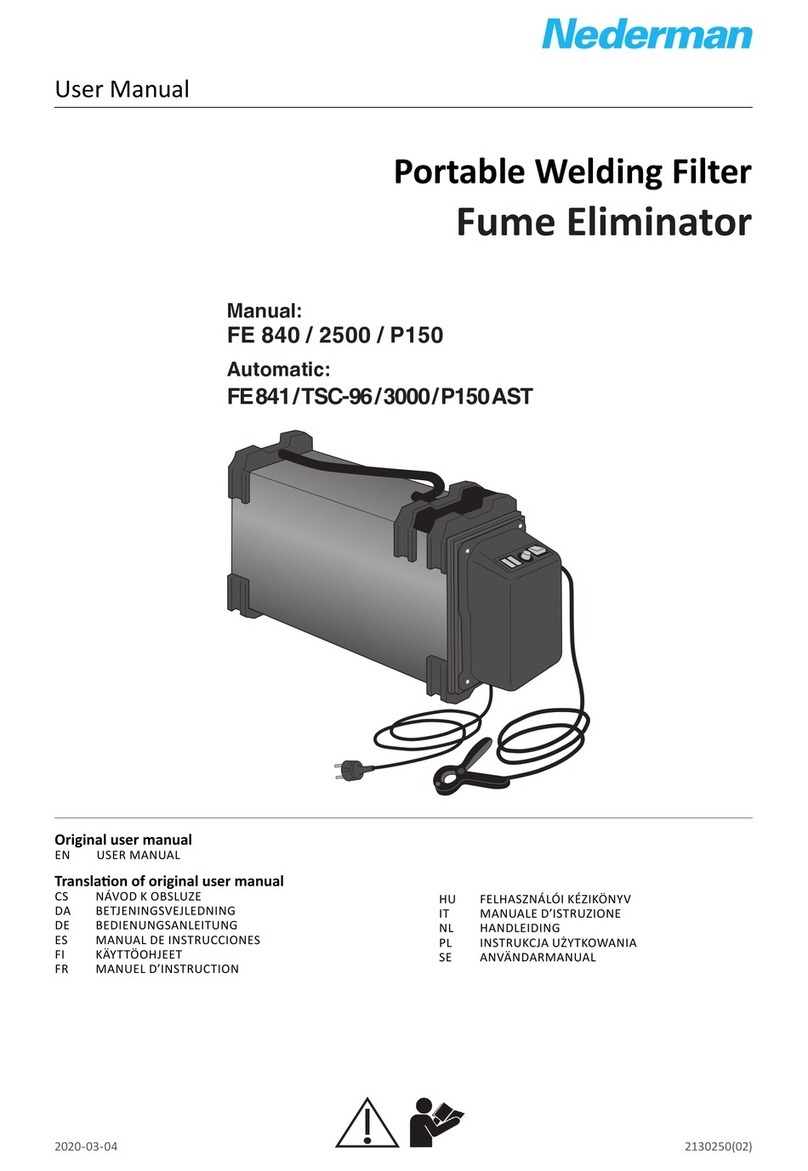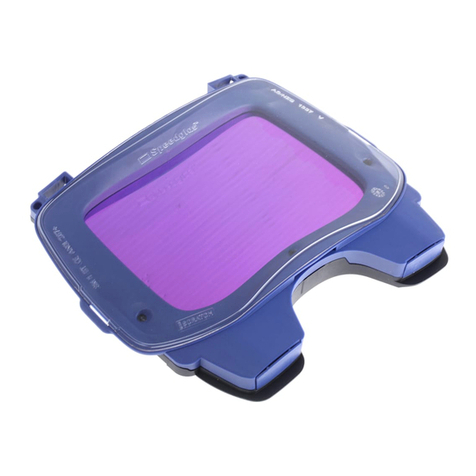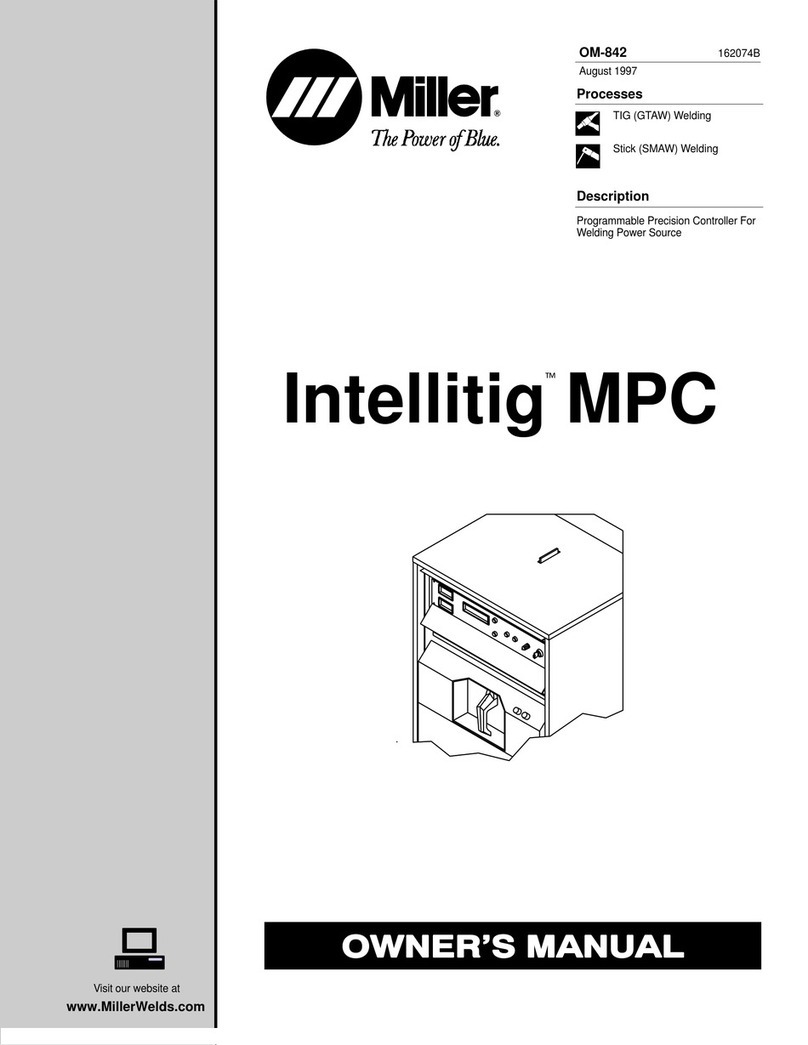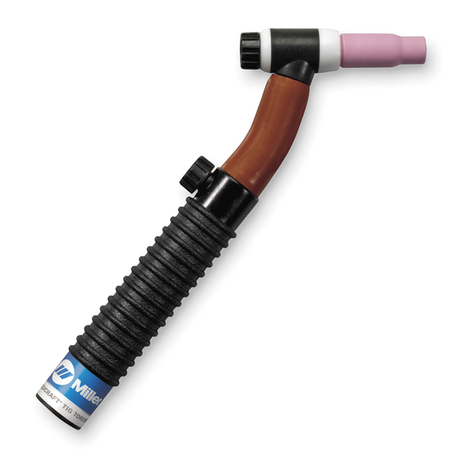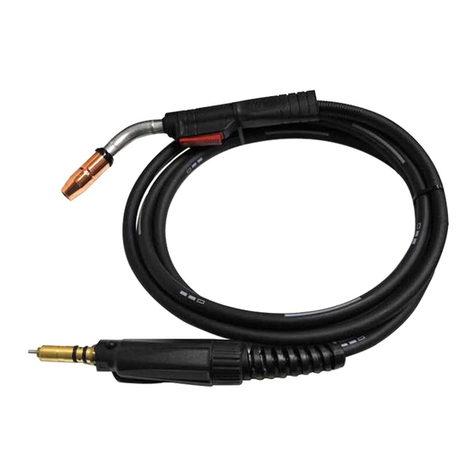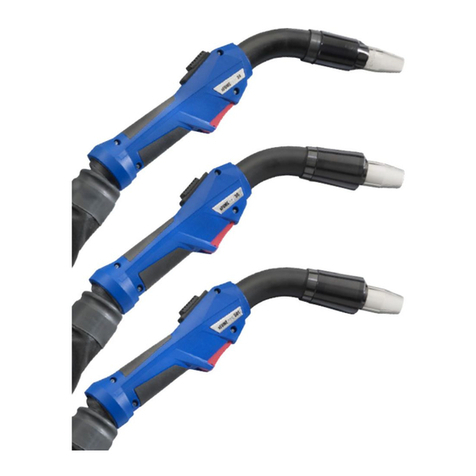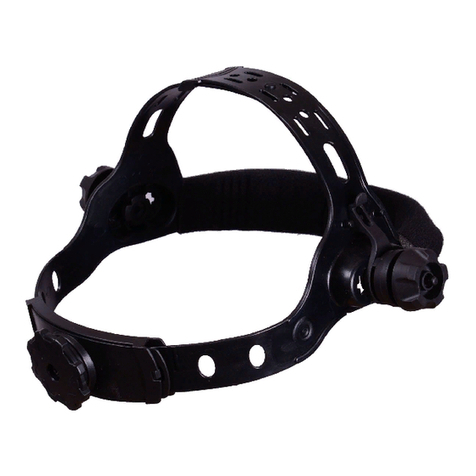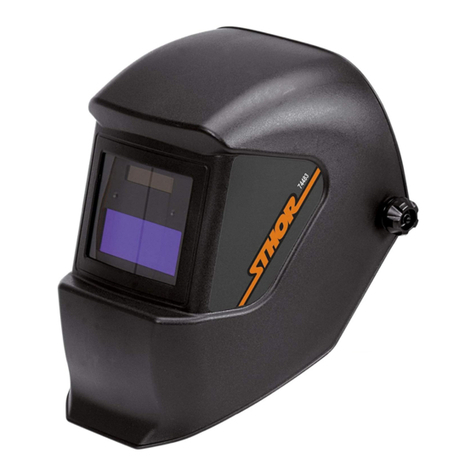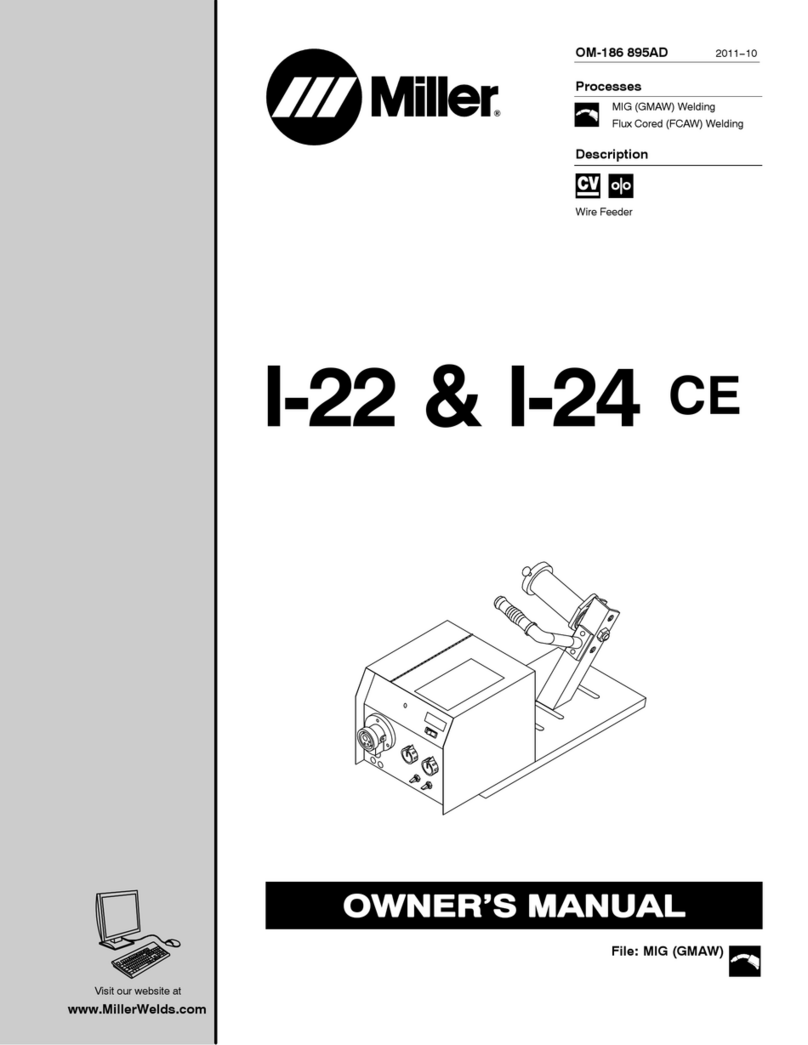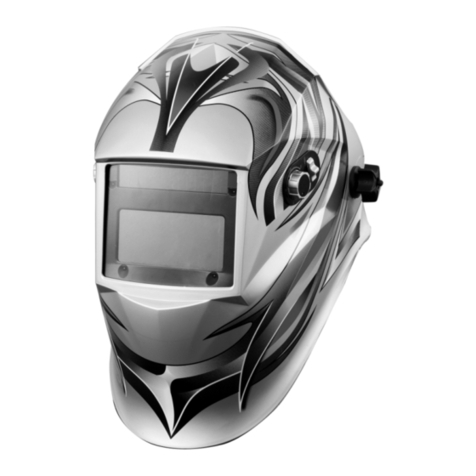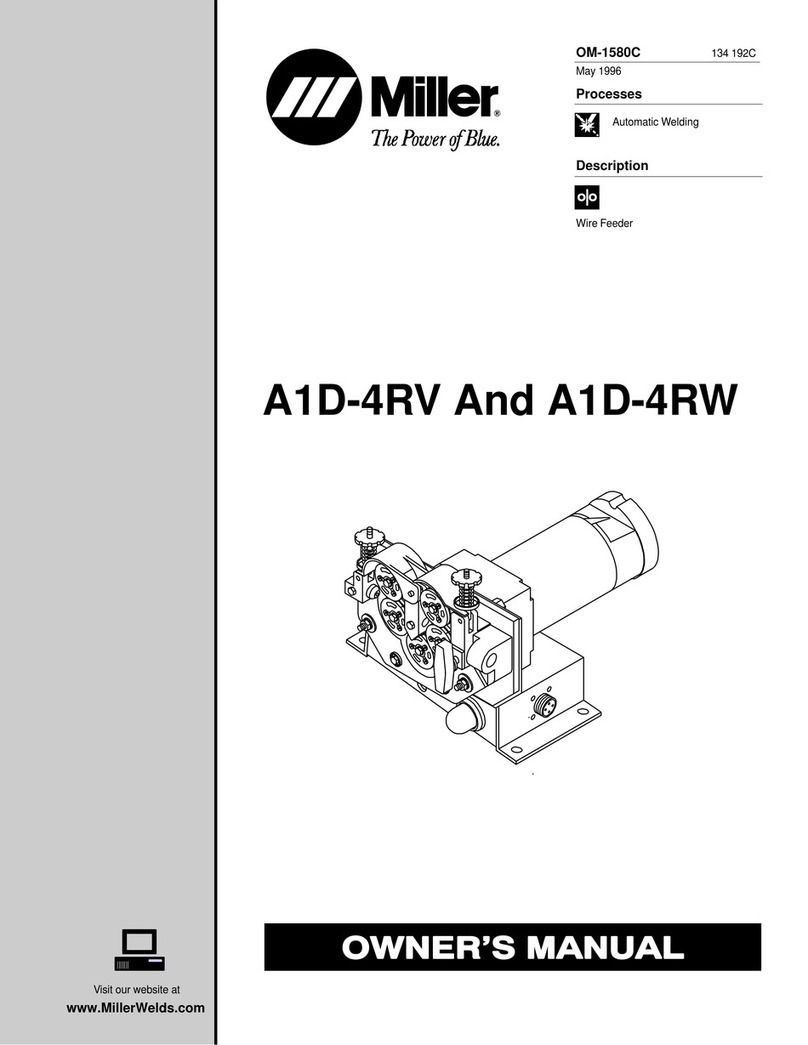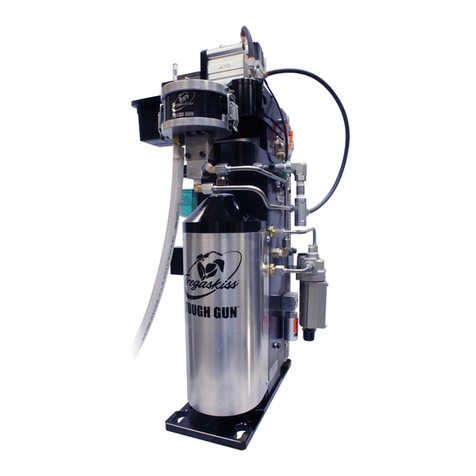
Contents
Notes on using these operating instructions
099-020967-EW501
06.06.2023
1 Contents
1Contents ........................................................................................................................................ 3
2For your safety ............................................................................................................................. 4
2.1 Notes on using these operating instructions ........................................................................ 4
2.2 Explanation of icons ............................................................................................................. 5
2.3 Safety instructions ................................................................................................................ 6
2.4 Transport and installation ..................................................................................................... 9
3Intended use ............................................................................................................................... 11
3.1 Applications ........................................................................................................................ 11
3.2 Documents which also apply .............................................................................................. 11
3.2.1 Warranty ............................................................................................................. 11
3.2.2 Declaration of Conformity ................................................................................... 11
3.2.3 Service documents (spare parts) ........................................................................ 11
3.2.4 Part of the complete documentation ................................................................... 12
4Machine description – quick overview ..................................................................................... 13
4.1 Product variants ................................................................................................................. 13
4.2 TIG-SR 300 GD HD ........................................................................................................... 14
5Design and function ................................................................................................................... 15
5.1 General .............................................................................................................................. 15
5.2 Scope of delivery................................................................................................................ 15
5.3 Transport and installation ................................................................................................... 16
5.3.1 Ambient conditions .............................................................................................. 16
5.4 Equipping the welding torch ............................................................................................... 17
5.5 Function specification ......................................................................................................... 18
5.5.1 General ............................................................................................................... 18
5.5.2 TIG torch ............................................................................................................. 18
6Maintenance, care and disposal ............................................................................................... 19
6.1 General .............................................................................................................................. 19
6.1.1 Identifying damage or worn components ............................................................ 19
6.1.2 Maintenance and care before each use .............................................................. 20
6.1.3 Regular maintenance .......................................................................................... 21
6.2 Disposing of equipment ...................................................................................................... 22
7Rectifying faults ......................................................................................................................... 23
7.1 Checklist for rectifying faults............................................................................................... 23
8Technical data ............................................................................................................................ 24
8.1 TIG-SR 300 GD HD ........................................................................................................... 24
9Accessories ................................................................................................................................ 25
9.1 General accessories .......................................................................................................... 25
10 Replaceable parts....................................................................................................................... 26
10.1 TIG-SR 300 GD HD ........................................................................................................... 26
11 Circuit diagram ........................................................................................................................... 29
11.1 TIG-SR 300 GD HD ........................................................................................................... 29
12 Appendix ..................................................................................................................................... 30
12.1 Searching for a dealer ........................................................................................................ 30
